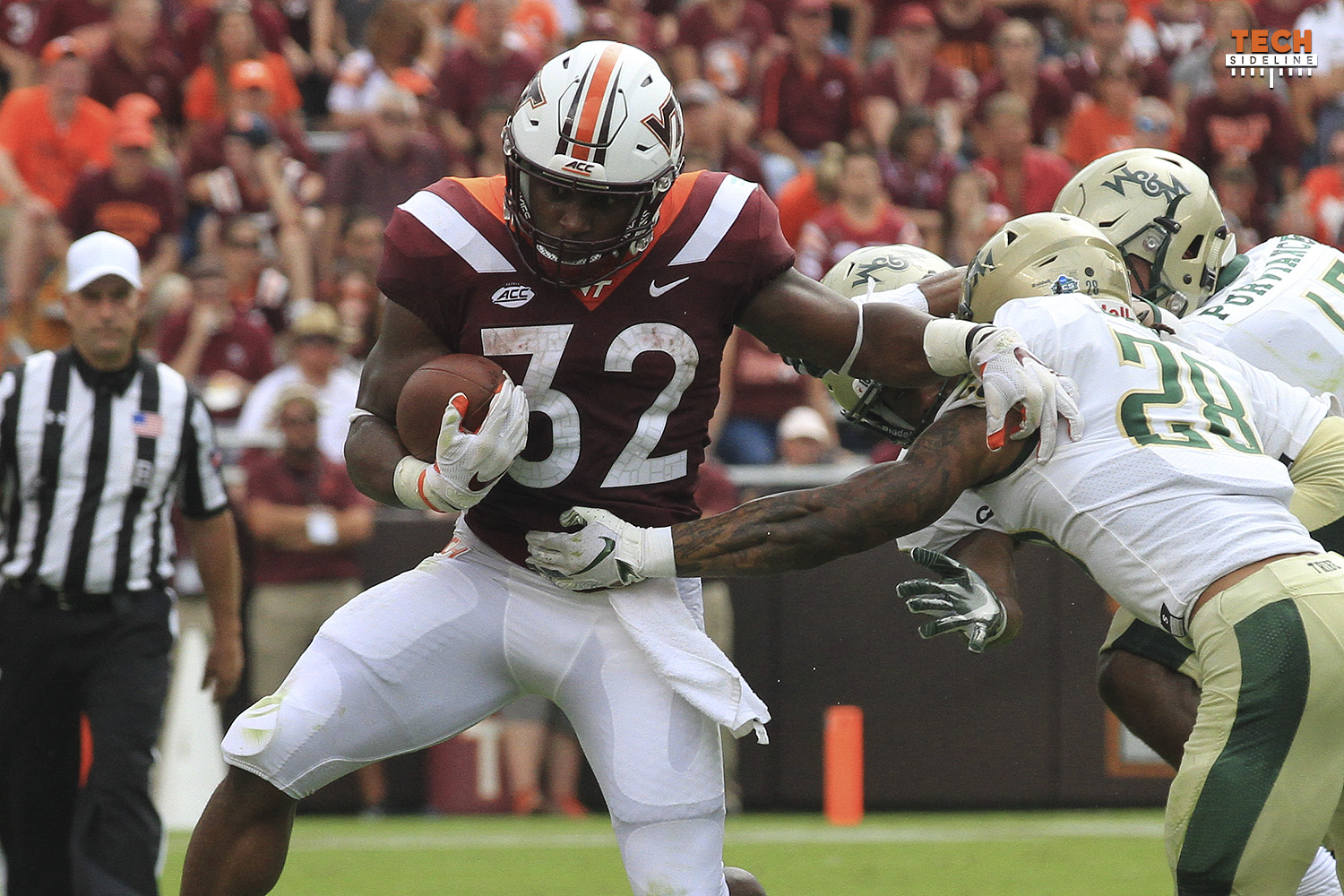
Remember the golden age of running backs? When running backs were a hot commodity and must-haves in football? When stars like Emmitt Smith, Barry Sanders, Terrell Davis, and even Thurman Thomas were the stars of the show? Feature backs are what we used to call them. Offenses would center their game plans around their workhorse running back, who carried the ball 30 times per game.
As the modern running back has changed dramatically, that type of back is all but gone. The fact is the role of a running back didn’t disappear, but it’s different. Offenses have evolved. Football has moved toward a more wide-open style, which has allowed quarterbacks and receivers to take the driver’s seat. Today’s rule changes encourage throwing the football, and all levels of football have moved toward a pass-first approach for the last decade or so. That’s when running backs became second fiddle. However, the running game is and always will be an essential part of a successful football team.
Head coach Justin Fuente’s philosophy has always been “Pass to score, run to win.” This theory puts an emphasis on a ball control offense. Fuente has long understood the importance of controlling the tempo of a game. He wants to run the ball first and get the ball on the perimeter. Running the football allows an offense to make big plays through the play-action pass. When an offense is able to run, it makes the defense better by keeping them off the field.
Which begs the question, what is the prototypical running back in Fuente’s offense? What are those ideal traits needed to succeed in his system? We will cover several qualities that make a good running back in any offense, and identify how well Virginia Tech’s current stable of running backs are meeting the criteria. You may start to realize that Fuente’s system seems to require more from its backs than his predecessor.
...Subscribe to read full story
Tired of low effort articles and clickbait? So are we. Subscribe to read great articles written by a full-time staff with decades of experience.
Already a subscriber? Login Here



